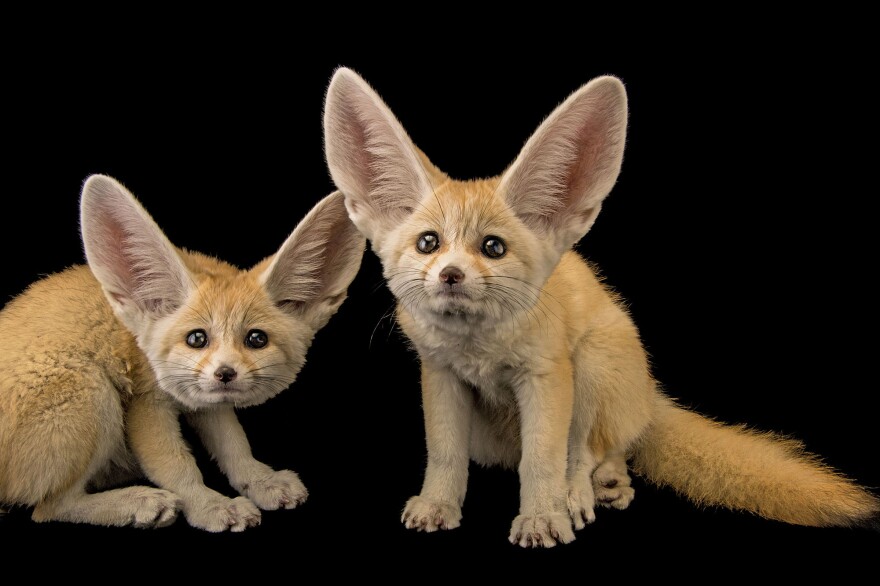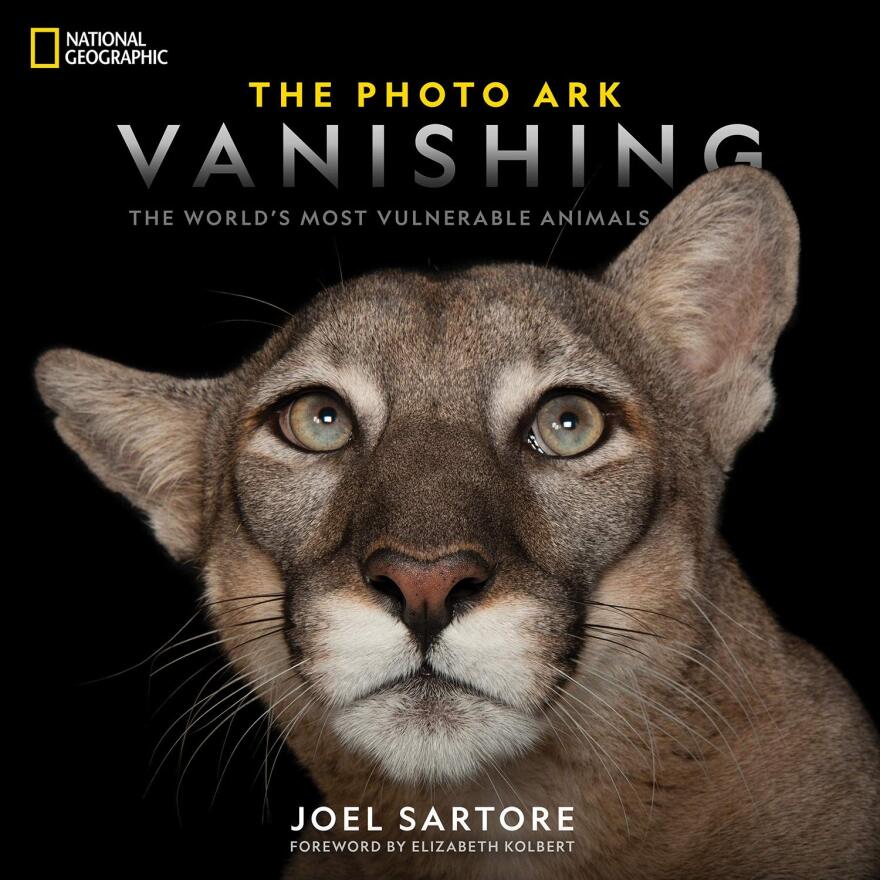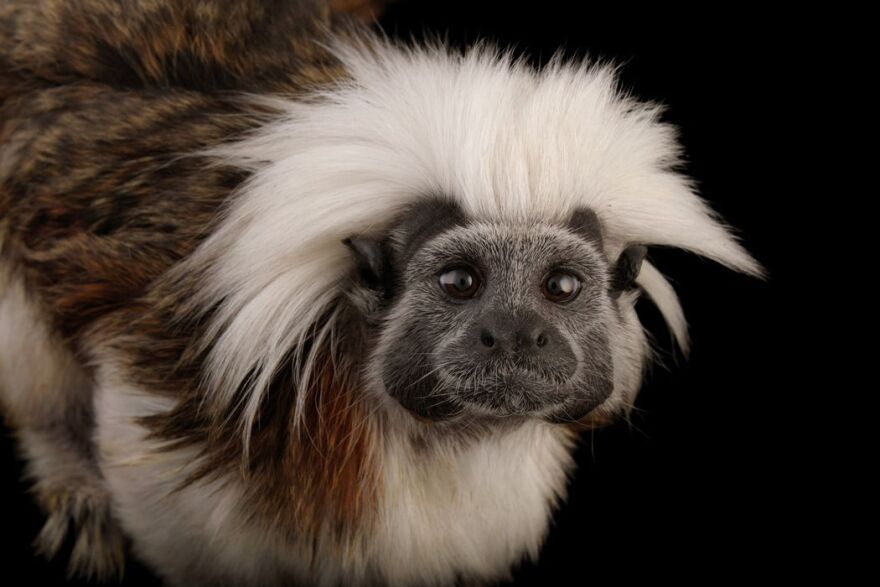A world-class photography exhibit by a visionary National Geographic photographer Joel Sartore has slipped into Eugene under the guise of a life science display at UO’s Museum of Natural History.
Sartore’s ambitious project is to photograph all the world’s 15,000 captive species called The Photo Ark. Sartore hopes the portraits will inspire people to care while there is still time to save these largely endangered species.

Each of the portraits lists the creature’s status or risk of extinction, but it is the faces that reach out and grab you by the heart and mind.
One of my favorites is Reimann’s Snake-Necked Turtle. In spite of its snaky name, this fellow is turning toward the camera with two bright, round, curious eyes and a huge smile that makes me want to smile back. It lives in the Atlanta Zoo, and its status is near-threatened.
Sartore does most of his photography of these disappearing animals in zoos, and this exhibition shows him going lens to nose with a grinning Dwarf Caiman. In another image, a Clouded Leopard cub tries to crawl up his head like any other playful kitten. A black and white sifaka curls up inside itself and looks directly out at the world with no thought that it and its kind are endangered.

Perhaps most startling and moving to me is an unusual view of a Florida Panther. His agate-clear eyes look upward to an uncertain future, ears lop-sided, his expression seeming to say more eloquently than the signage that his species is endangered and likely not long for this earth.
I urge you to visit The Photo Ark while it is here. It is a rare opportunity to see some of the finest wildlife photography in the world, while also immersing yourself in a finer-grained understanding of the critically important story each has to tell if we listen with eyes and hearts open.

This is Sandy Brown Jensen for KLCC.






